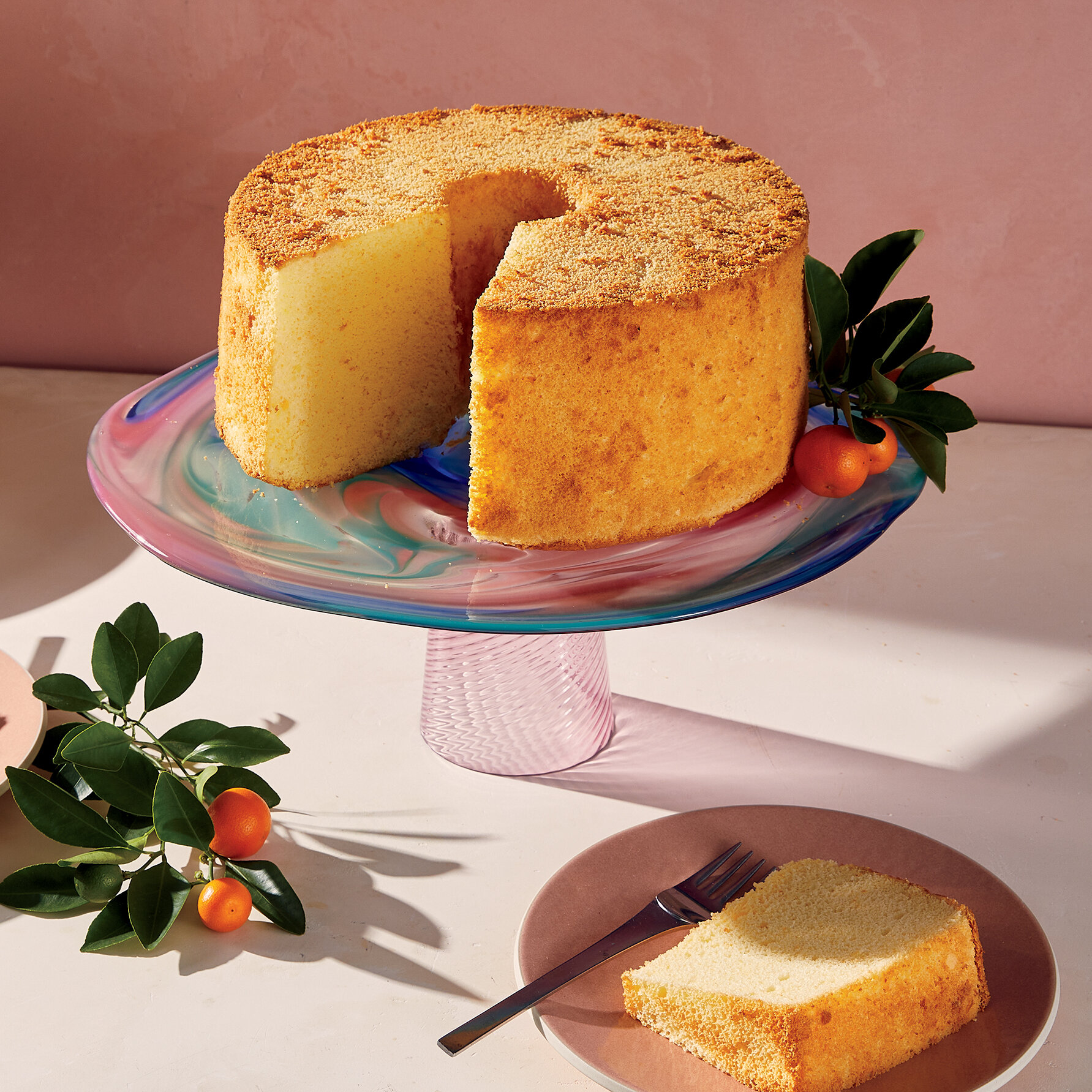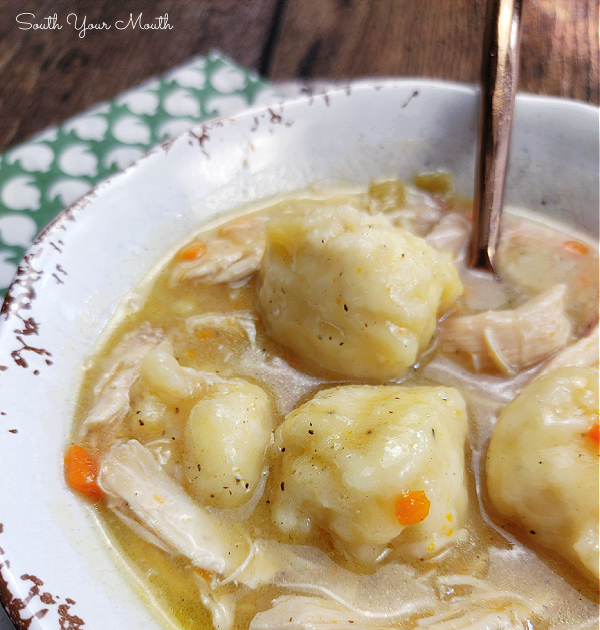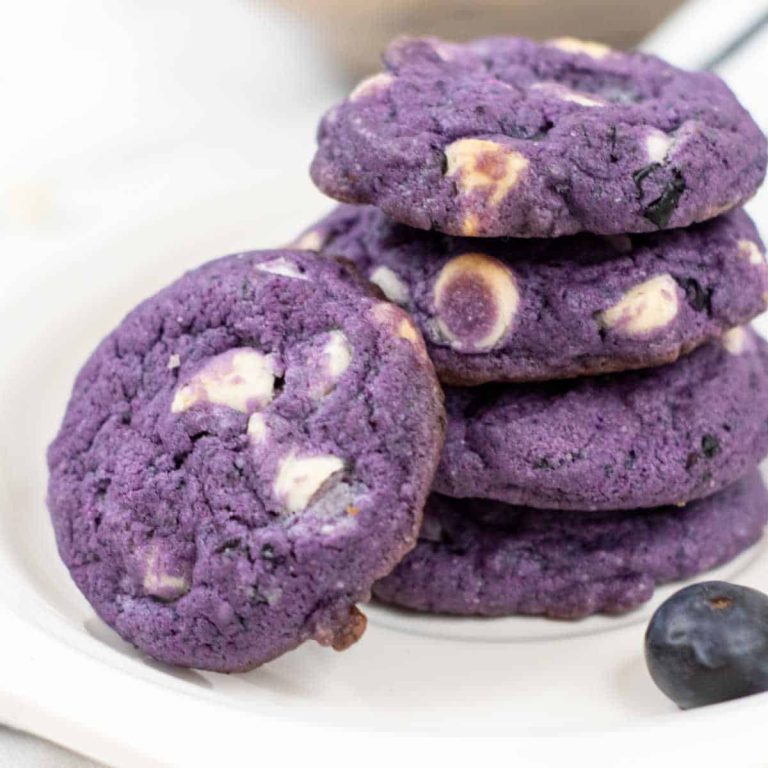Lemon Chiffon Cake: History, Tips, and Creative Presentation Ideas
Lemon chiffon cake traces its origins to the 1920s when Harry Baker, a California insurance salesman turned caterer, invented it. He developed a secret recipe that combined a traditional batter with whipped egg whites, resulting in a light and airy texture. Baker kept the recipe a closely guarded secret for nearly two decades. In 1947, he sold the recipe to General Mills, marking the cake’s introduction to a wider audience.
Popularity Growth Through the Decades
General Mills launched the lemon chiffon cake in the late 1940s. They marketed it as “the first new cake in 100 years,” creating a significant buzz. The recipe appeared in Betty Crocker cookbooks, boosting its popularity among home bakers. Over the decades, lemon chiffon cake maintained its appeal, becoming a staple at celebrations due to its unique texture and refreshing flavor. The cake’s lightness and citrusy zest keep it a favorite among dessert lovers today.
Key Ingredients for Lemon Chiffon Cake
Choosing the Right Lemons
Selecting the best lemons is crucial for a flavorful lemon chiffon cake. Fresh, organic lemons offer the best zest and juice, free from pesticides or wax. Medium-sized lemons typically yield around 3 tablespoons of juice and 1 tablespoon of zest. Meyer lemons can be a sweet alternative, while Eureka lemons provide a more acidic flavor. Always wash lemons thoroughly before zesting to remove any surface residues.
Importance of Egg Whites in Texture
Egg whites are essential for achieving the light and airy texture characteristic of lemon chiffon cake. Whipped egg whites incorporate air into the batter, creating a foam that expands during baking. Using fresh eggs enhances the stability of the whipped whites. Separate the yolks carefully to prevent any fat from interfering with the whipping process. Once whipped, the egg whites should form stiff peaks, ensuring sufficient structure and volume in the cake.
Step-by-Step Baking Process
Mixing Techniques for Optimal Fluffiness
Ensure your mixing techniques enhance the cake’s fluffiness. To start, beat egg whites with a hand mixer until stiff peaks form. Use clean, dry bowls to prevent any grease from inhibiting the egg whites. Gradually add sugar to stabilize the foam. Fold the meringue into the batter gently using a spatula to avoid deflating the mixture. This step creates an airy, light texture essential for lemon chiffon cake.
Baking Temperature and Time
Bake the lemon chiffon cake at 325°F (163°C) for optimal results. Preheat the oven to ensure consistent temperature. Use a tube pan without greasing it to let the batter climb the sides. Bake for 55-60 minutes, checking for doneness with a toothpick inserted in the center. When it comes out clean, the cake is done. Invert the pan immediately after baking and let it cool completely upside down to maintain its height and airy structure.
Common Mistakes and Troubleshooting
Over-mixing the Batter
Over-mixing the batter leads to a dense cake instead of a light, airy texture. Mix ingredients just until combined to avoid deflating the whipped egg whites. Fold egg whites into the batter gently, with upwards strokes, ensuring even distribution without breaking down their structure. A silicone spatula works well for controlled folding.
Oven Temperature Issues
Incorrect oven temperature affects the cake’s rise and texture. An oven that’s too hot causes the cake to set too quickly, preventing proper rise and resulting in a dense cake. Conversely, an oven that’s too cool extends baking time, leading to a dry cake. Use an oven thermometer for accuracy, setting the oven to 325°F. Place the cake on the center rack for even heat distribution.
Serving and Presentation Ideas
Ideal Accompaniments
Lemon chiffon cake pairs well with various sides, enhancing its light and airy texture. Fresh berries, such as strawberries and blueberries, add vibrant color and natural sweetness. A dollop of freshly whipped cream complements the cake’s subtle tanginess. You can also serve it with a scoop of vanilla or lemon sorbet to intensify the citrus flavor. For an elegant touch, consider a drizzle of raspberry sauce over each slice. These combinations elevate the cake’s freshness, making it perfect for any occasion.
Creative Decoration Tips
Experiment with decoration to make your lemon chiffon cake visually appealing. Dust the top with powdered sugar for a simple, classic look. Arrange thin lemon slices or candied lemon peel on the surface to enhance the citrus theme. You can pipe small rosettes of whipped cream around the edge for a delicate border. Edible flowers, like pansies or violets, add a colorful and sophisticated touch. Use stencils to create decorative patterns with powdered sugar or cocoa powder. Each decoration idea enhances the cake’s presentation, making it an enticing centerpiece.
Conclusion
Mastering the art of lemon chiffon cake is a rewarding endeavor that brings a burst of citrusy delight to any occasion. By focusing on fresh ingredients and perfecting your technique, you’ll create a cake that’s both light and flavorful. Remember to experiment with presentation and accompaniments to make each serving memorable. With these tips and a bit of practice, your lemon chiffon cake will undoubtedly become a cherished favorite.






